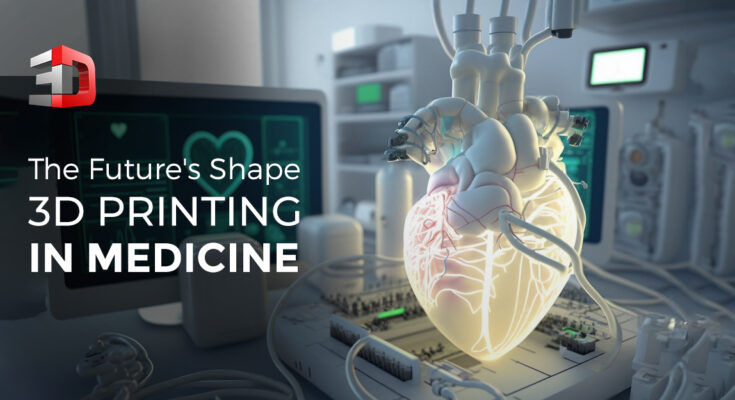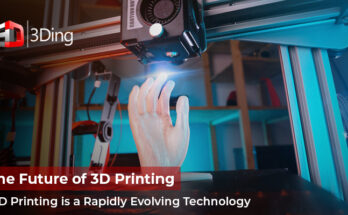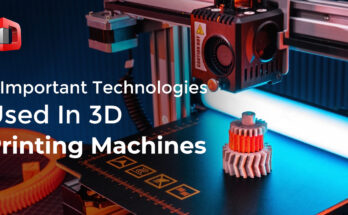3D printing has several features and it is used in a range of sectors including the medical sector. When it comes to the medical field, 3D printing has four important applications.
Additive manufacturing, also known as 3D printing was developed in the 1980s. The process consists of taking a blueprint of the subject which will get printed in successive layers of material for creating the subject’s new version.
This technique is used in medical technology. Medical image techniques like CT scans, X-rays, ultrasounds, and magnetic resonance imaging (MRI) scans are used to create the real digital model, which will be fed into the 3D printer.
Now, many of you might have interested to know the applications of 3D printing in the medical sector. Thus, we, one of the leading providers of 3D Printing Services in Bangalore, Chennai, and Hyderabad, are discussing the four main applications in this write-up.
Four Applications of 3D Printing in Medicine
1. Preparing surgery aided by the use of 3D-printed models
Creating patient-specific organ replicas, which the surgeons can use for practicing before the operations. With this technique, the procedures will get speed up resulting in reduced trauma for patients.
This technique is used in several surgeries ranging from full-face transplants to spinal procedures.
2. Customized Prosthetics with 3D Printing
3D printing is useful for producing prosthetic limbs as per the customer’s requirements. When it comes to prosthetics, it is quite common for needy people to wait for weeks or even months to get it via the traditional router.
However, 3D printing can increase the process and can create budget-friendly products with the same functionality as the products that are traditionally manufactured.
3. Bioprinting tissues and organoids
Bioprinting is another field in medical devices where 3D printing is used. Instead of printing with the help of metal or plastic, bioprinters make use of a computer-guided pipette for layering living cells on top of one another. This in turn produces artificial living tissue in the lab.
The tissue constructs can be made used for medical research. It’s because they impersonate organs on a small scale.
4. 3D printing of surgical instruments
Germ-free surgical instruments can be produced with the help of 3D printing. The instruments include hemostats, forceps, scalpel handles, and clamps.
Compared to traditional manufacturing, 3D printing can produce surgical instruments at lower production costs.
Summing it up
The trend of 3D printing is increasing day by day in several sectors including healthcare.
We believe now you got an idea about the applications of 3D printing in the medical field. However, if you have any queries regarding this or 3D printing or 3D printers, get in touch with us.
We are the top providers of 3D Printing Services in Chennai, Hyderabad, and Bangalore offering top-quality services as per the client’s requirements.




